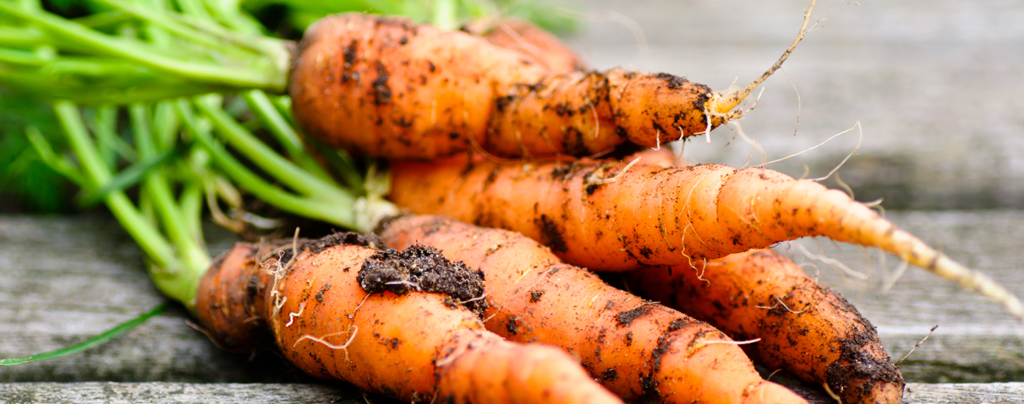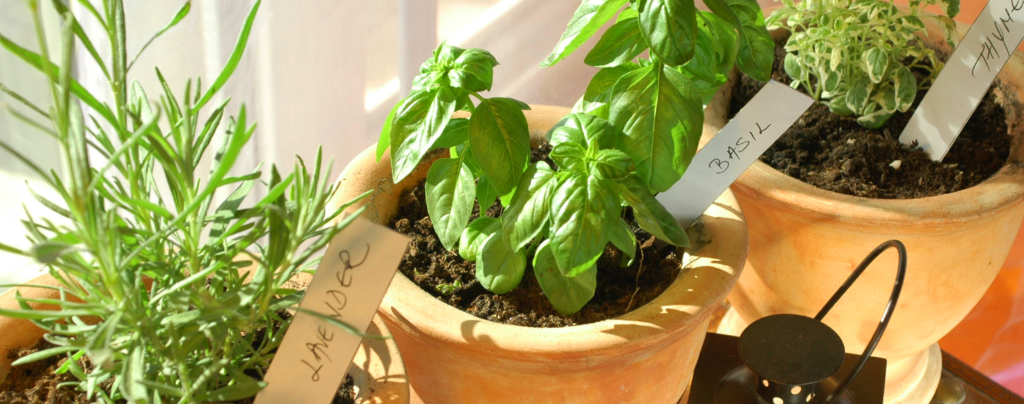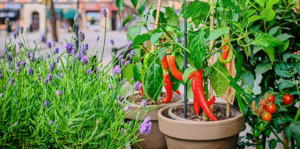For years, gardeners have insisted that the best way to grow vegetables is with a raised garden bed. However, there are lots of benefits to growing your vegetables in containers.
The Benefits of Container Vegetable Gardening
In FIn Fort Lauderdale, we don’t have to worry about cold weather creating poor soil conditions. (In fact, our winters are the perfect temperature for growing all sorts of vegetables!) We do, however, tend to experience some windy days and surprise storms that can give our gardens a run for their money. It can be pretty disappointing to see your garden get pummelled from a bad storm, but by planting your vegetables in containers, you can move your plants to shelter when hurricane weather rears its ugly head.
Another great bonus to container vegetable gardening is the space-saving convenience. If you live in an apartment or if you’re short on free space in the yard, you can still enjoy all the benefits of a home vegetable garden without needing a yard or garden bed. Setting up a few containers on the patio, on the front steps of your home, or even on the windowsill can provide you with tons of fresh produce to enjoy throughout the year.
And, of course, there’s nothing quite like having a produce aisle of your own right at home. It saves time and money while allowing you to grab some fresh herbs or a juicy tomato to toss into the saucepan in the blink of an eye. Vegetables start to lose their nutritional value gradually after being picked, so the healthiest veggies are the ones that have been freshly plucked from the plant.

The Best Plants for Container Vegetable Gardening
Some vegetables are better suited to container gardening than others, which should come as no surprise. After all, you’d need a pretty giant container to be able to grow pumpkins! (Although many seed companies now offer hybrid varieties that work in containers.) However, there are still plenty of delicious vegetables that you can easily grow in a container, and some are arguably best suited to container planting. Here are our favorite vegetables to grow in containers in Fort Lauderdale:
Lettuce Greens: We love how easy it is to grow and harvest lettuce greens. They develop quickly, and you can continually graze on them week after week, adding in fresh greens to salads, smoothies, and so much more. Plus, lettuce leaves can be a bit delicate, so the ability to bring them indoors in the event of a storm or an unexpected cold spell is perfect for keeping your plants protected. Spinach is also an excellent contender for container planting. We love how versatile it is, whether raw or cooked. Cook up some fresh spinach with some feta cheese, garlic, and herbs, pick up some phyllo pastry from the grocery store and fold up some spanakopita triangles for a delicious party appetizer that’s jam-packed with vitamins and nutrients. Greens can be grown in areas with partial shade, too, which is nice if you have limited sunlight.
Cherry Tomatoes: These tiny tomatoes are great for growing in containers, provided you’ve got a good trellis for them to climb up. They need lots of sun exposure, so try to place your tomato container in a spot that gets at least 6 hours of direct sunlight. A balcony that faces south is a perfect location, as it should provide enough consistent sun exposure throughout the day to help your tomatoes develop. If you want to grow tomatoes in containers, look for determinate varieties or dwarf plants, as their vines are more manageable for container gardens.
Radishes: We love growing radishes, because they’re ready to eat in a matter of weeks, so you won’t grow tired of waiting around for months on end. Within one month, you should be able to pull your radishes from the soil and use them for salads and pickling. Try to grow them over the fall and winter when temperatures are cooler, because radishes will often bolt (prematurely flower) if they get too hot. Heat can also affect the flavor of radishes. If you’ve got kids, radishes are a fantastic beginner vegetable gardening project for budding botanists, and you can make a fun activity out of helping them decorate their own personal plant pots.

Beans: There are over 400 different types of beans that you can grow and harvest for food, so there’s certainly no shortage of options when it comes to this versatile legume. Most beans are climbing varieties, so you’ll need to provide a trellis for them to scale, but bush beans like the Blue Lake variety grow in a mounded form and don’t require any extra support.
Peppers: Whether you’d like to grow juicy bell peppers or tiny hot peppers to spice up your cooking, container gardens are a fantastic growing medium. Plus, pepper plants are colorful and eye-catching, so a few decorative planters full of multicolored peppers will add some real pizazz to your landscape design. A pot of hot chili peppers on the kitchen windowsill makes for a gorgeous houseplant, with all the convenience of fresh spice just a few paces away from the stove. (Just make sure it receives ample sunlight for best growth.)
Carrots: Who doesn’t love the satisfaction of pulling a homegrown carrot from the soil? This vegetable is well-suited to container gardening, because sometimes if the soil is too compacted in your garden bed, it can hinder your carrots from growing long, and they’ll end up looking a little stumpy. By filling a deep pot with some loose potting soil, your carrots should be able to grow to their full potential. Carrots do best in milder, cool weather, and they take about 2-3 months to develop. If you plant carrots in the fall, you should have some ready for tasty comfort food dishes to warm you up over the winter. Nothing beats warm, brown sugar-glazed carrots with a sprinkle of sea salt and dill!
Culinary Herbs: While not technically a vegetable, these edible plants are worthy additions to your container vegetable garden, and they’re especially good if you’re planning on growing indoors. An assortment of planters full of dill, rosemary, basil, thyme, cilantro, and mint will provide you with loads of fresh flavor to punch up your meals. Lots of home decor stores sell window installations made especially for indoor herb gardens, and they’re quite lovely to look at, so picking one up or creating your own DIY display is a very worthwhile investment. (Keep mint in its own container, though–it’s a bully and will overtake other plants!)
If you’d like to pick up some seeds, starter plants, or other supplies to begin your container vegetable garden project, visit us at Living Color Garden Center in Fort Lauderdale, and we’ll be happy to help you! With container vegetable gardening, a little effort goes a long way, and before you know it, you’ll get to enjoy tons of delicious fresh vegetables throughout the year.

